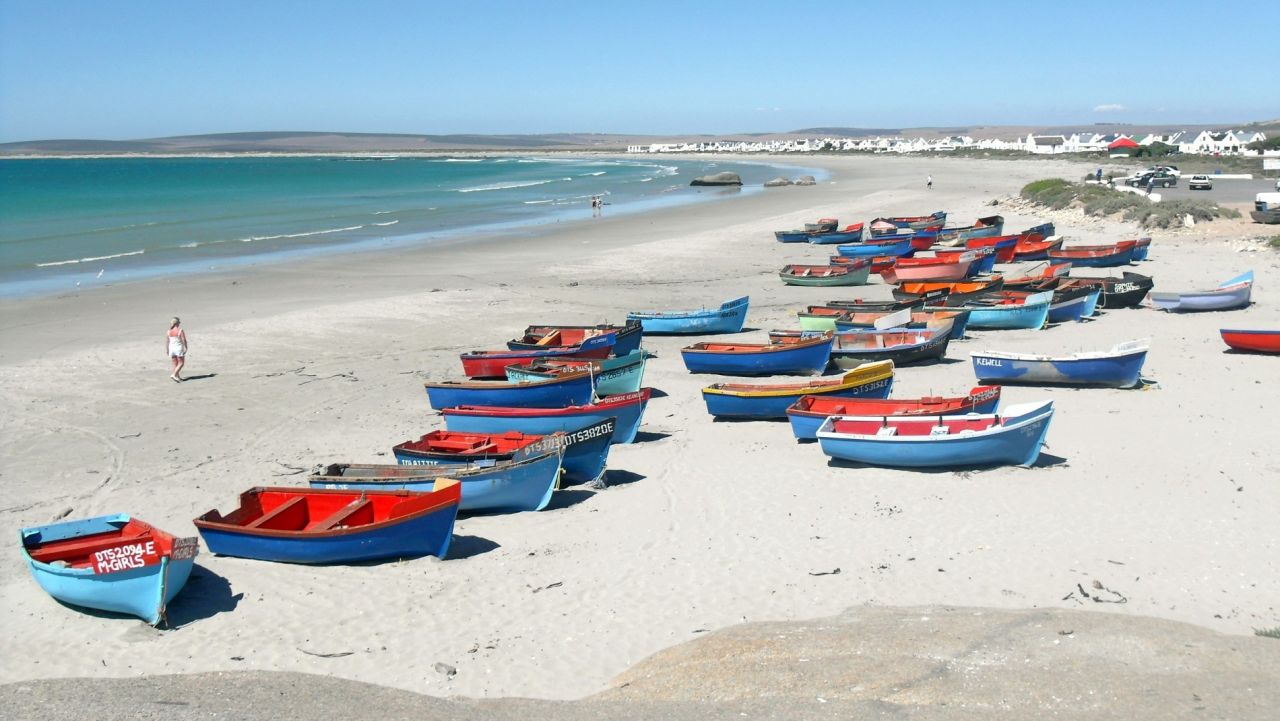Today is World Fisheries Day, an internationally recognised day intended to highlight the importance and impact of fishing - a practice as old as human civilisation, and one that remains relevant to this day. Fisheries are presently the topic of much debate as society tries to find a balance between the livelihoods of the over 200 million people presently employed in the fishing industry, the 3 billion people who are dependent on healthy coastal ecosystems, and the need to protect and maintain our ocean's biodiversity.
One thing is certain - finding a sustainable balance is crucial for ensuring the survival of marine ecosystems and protecting the livelihoods of millions of people dependent on the ocean.
Unfortunately, it is estimated that over two-thirds of commercially important fish species are globally depleted. A third of these species are in a state of decline - a result of overfishing, climate change, habitat destruction, and pollution. By highlighting these problems, we can ensure that the solutions which we know work are put into effect.
Here are a few things you can do to support a sustainable fishing industry:
Check the label (or buy local)
It's not difficult for you as a consumer to check if a seafood product is sustainably fished, simply check the packaging for the Marine Stewardship Council (MSC) or Aquaculture Stewardship Council (ASC) blue tick. This standard means that the supply chain of your seafood can be traced back to the original source, which has been deemed a sustainable and legal fishery.
Regulations and standards are constantly changing as more information about the state of our ocean and resources to inspect and enforce standards become available, organisations like MSC are relatively reliable for consumers needing to make a quick decision. Verifiable ecolabels like this also provide a channel for consumers and governments to hold fisheries and standard agencies accountable - which is not possible when the source of seafood is unknown.
For this reason, buying from local, small-scale fishers is also a good option as you can more directly check where a chosen animal was caught, and check if it complies with local regulations and the WWF SASSI list. ABALOBIis a local initiative that connects small-scale fishers with purchasers using an innovative app that creates "fish with a story", and is an excellent example of supply chain accountability.
Check the WWF SASSI App
The South African Sustainable Seafood Initiative (SASSI) has an easily accessed online list and app that categorises commonly consumed South African seafood species into three categories - Green (Best Choice), Orange (Think Twice), Red (Don't Buy). We recommend this app where possible, as SASSI maintains the highest standard of investigation into our local stocks and fishing methods, and is designed to make consumer choices easy.
Support Marine Protected Areas
For fisheries to be sustainable, fish stocks need spaces where their populations can recover, breed and thrive. Marine Protected Areas (MPAs) are the most important way we can provide these spaces - underwater nature reserves where economic activities are restricted or prohibited so that nature can flourish. Well-planned and implemented MPAs protect critical habitats, unique ecosystems, spawning and breeding grounds for marine species, ecosystems which are particularly sensitive to human activity, and nurseries where younger animals are more vulnerable. Healthy MPAs result in the healthiest fish populations, which in turn allows sustainable fishing activities in surrounding areas.
South Africa currently has 42 MPAs, protecting about 5% of our national coastal waters - but the global goal is to protect 30% of the ocean by 2030.
Here's everything you need to know about Marine Protected Areas (MPAs) in South Africa
Try to identify the species you catch
The ORI Marine Fish Guide is an essential fish app for any coastal angler. Equipped with thousands of identification points from South African anglers, this app allows caught linefish to be easily identified, and logged - plus it contains a host of useful information, such as the latest fishing regulations applying to your catch, or the ability to record your catches. A labour of love by the South African Association for Marine Biological Research (SAAMBR), we love this app!
Be informed
As with all complex issues, there's more to the story than the simple narrative which we present here, or that you may see in a documentary. We believe that sustainable seafood is an achievable goal in South Africa - your opinions may differ, but we all owe it to our environment and the natural heritage that the next generation will be inheriting to be informed and make our voices heard and keep the fishing industry accountable.
Whether your motivation is to protect livelihoods, protect African penguins, or see fish species thrive - adding our collective, informed voices to the issues we feel strongly about are how we can affect change. If you love the ocean, and choose to consume seafood, we hope the above advice helps you make more sustainable choices.
